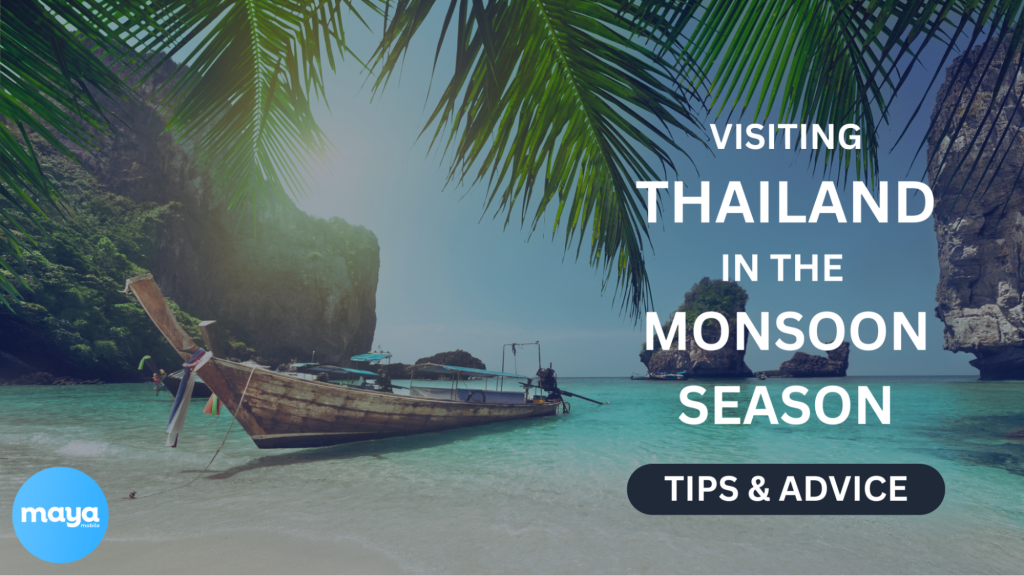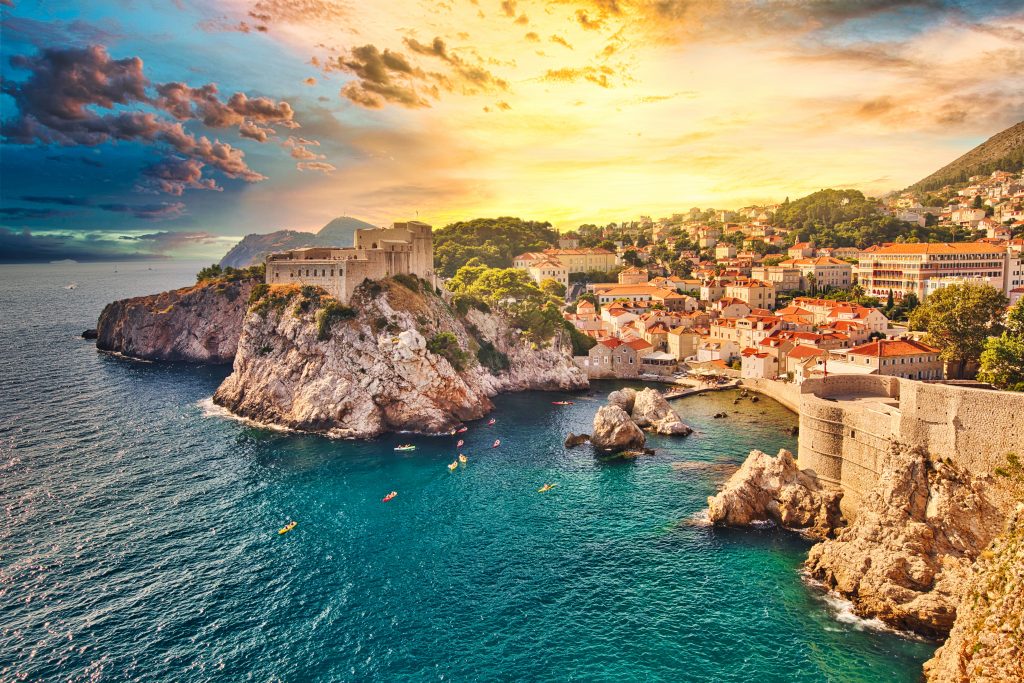Thinking about exploring Germany, but can’t decide which cities to hit first? Let’s make it easy (and fun)!
Germany’s cities are a mix of vibrant culture, rich history, and unforgettable experiences, whether you’re enjoying a cold beer in Munich, discovering bold street art in Berlin, or gliding through Hamburg’s scenic canals. No wonder Berlin welcomed a whopping 12.1 million tourist arrivals in 2023, followed by Munich with 8.1 million and Hamburg with 6.4 million.
So, where should you go? Grab your travel wishlist, we’re diving into the top 10 cities in Germany that’ll have you packing your bags in no time.
Let’s get started!
1. Berlin
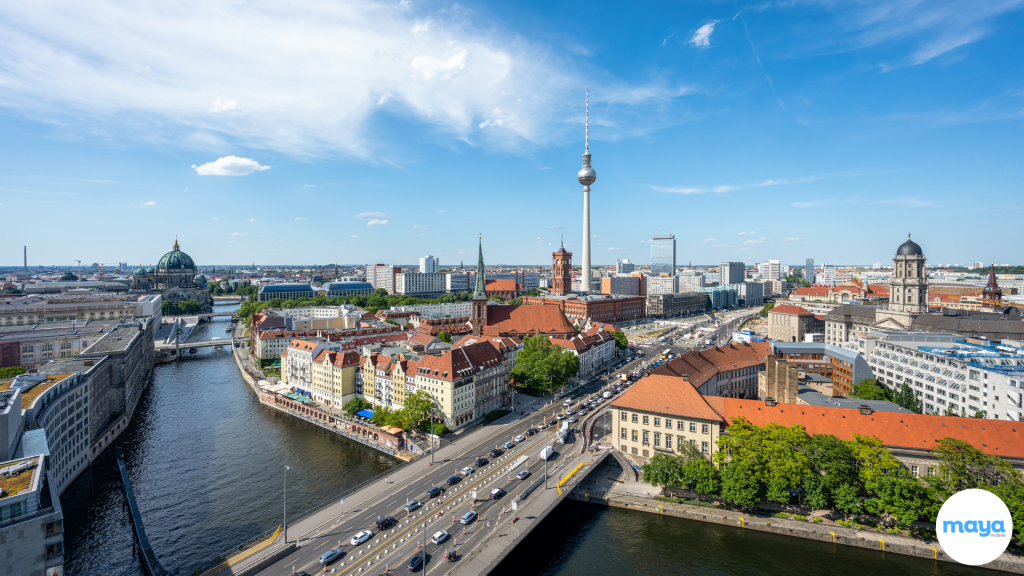

Berlin is a city shaped by its history yet driven by the present. From the iconic Brandenburg Gate to the remnants of the Berlin Wall at the East Side Gallery, history is etched into its streets. Museum Island, a UNESCO World Heritage site, is a cultural haven for art and history lovers alike.
But Berlin isn’t just about the past; it’s buzzing with youthful energy. Head to Kreuzberg for street food, thrift shops, and late-night fun, or explore Prenzlauer Berg’s leafy neighborhoods and relaxed café culture. Whether you’re a student, retiree, solo traveler, or a family, there’s a neighborhood that fits your vibe.
It’s also a great starter city for anyone new to Europe. Berlin is a safe, walkable, and well-connected city, with excellent public transportation. It’s more affordable than many other major capitals and offers a mix of gritty charm and polished experiences, plus legendary beer gardens like Prater Garten for a chilled-out afternoon.
Best Time to Visit Berlin
Late Spring (May–June): The weather’s warm and the parks are in full bloom—perfect for picnics, canal walks, and exploring neighborhoods without the tourist rush.
Early Autumn (September): Still mild, with fewer crowds and golden light that makes the city’s historic buildings and street art pop. Great for outdoor cafés and photo walks.
Winter: Leipzig’s Christmas markets bring the festive charm. Cold? Yes. However, it’s cozy, colorful, and filled with seasonal treats and lights.
2. Munich
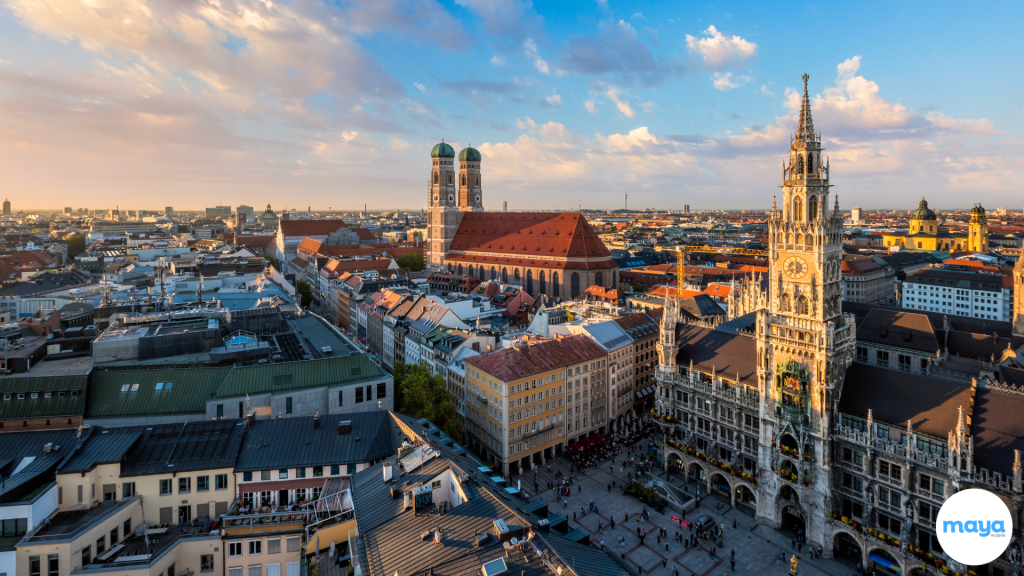

If Berlin is bold, Munich is all about warmth, elegance, and classic Bavarian charm. Start at Marienplatz, where the Glockenspiel clock draws a daily crowd, then head to the English Garden, a massive green space where locals picnic, play music, and yes, surf a standing river wave. Want something royal? Don’t miss Nymphenburg Palace, a former summer residence that feels straight out of a period film.
Munich blends tradition with modern ease. The university district offers affordable eats and a buzzing student life, while Viktualienmarkt provides a slower pace with fresh food, flowers, and cozy cafes. It’s also one of the safest and cleanest cities in Germany, making it an excellent pick for first-timers, families, and solo travelers alike. And if you’re here in late September, prepare for Oktoberfest, the ultimate celebration of beer, food, and Bavarian culture.
Beyond the city, Munich is a perfect base for day trips. Neuschwanstein Castle is less than two hours away and looks exactly like you’d expect a fairytale castle to look. You can also hop a train to Salzburg, Austria, for a quick cross-border adventure.
Best Time to Visit Munich
Late Spring (May–June) & Early Autumn (September): Mild weather, fewer crowds, and great for exploring parks, canals, and neighborhoods on foot or by bike. Outdoor events and local cafés start buzzing again.
Summer (July–August): Festival season is in full swing, and the city feels alive with street life, open-air concerts, and pop-up markets. It can get hot, though, and A/C isn’t common; plan accordingly.
Winter (December): Berlin’s Christmas markets bring cozy charm with festive lights, warm snacks, live music, and Glühwein. The atmosphere is magical, especially around Gendarmenmarkt, Alexanderplatz, and the Charlottenburg Palace market.
3. Cologne
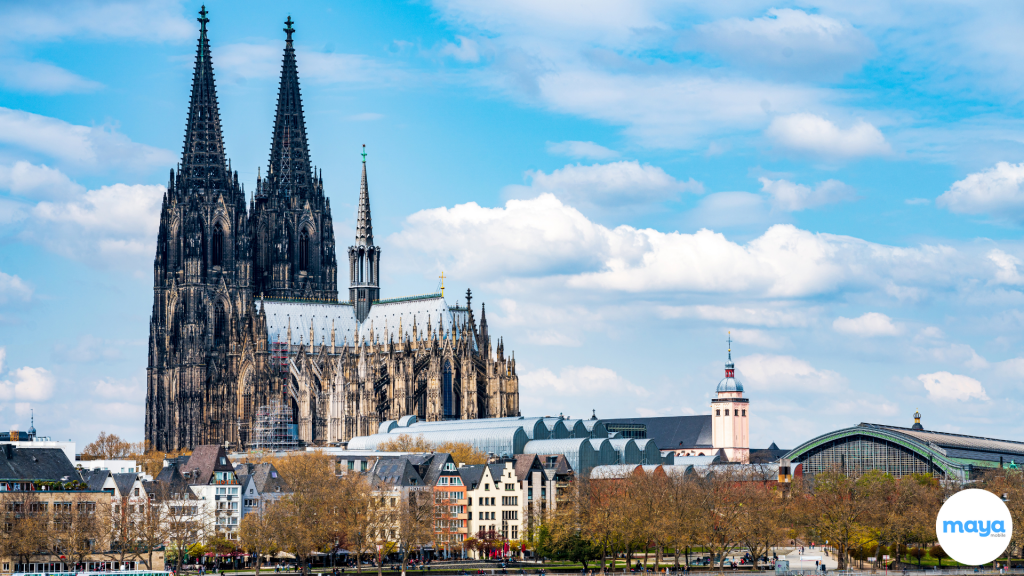

Start with Cologne’s crown jewel: the Kölner Dom. This towering Gothic cathedral dominates the skyline and absolutely lives up to the hype. It’s a UNESCO World Heritage Site, and if you’re up for the climb, the view from the tower offers a stunning sweep over the Rhine River and beyond.
Cologne blends medieval charm with a chill atmosphere. Explore the Altstadt (Old Town) with its colorful houses and cobbled streets, then hop on a Rhine cruise, great for couples, retirees, or anyone looking for scenic, low-effort sightseeing. The city moves at a relaxed pace but never feels sleepy.
After dark, Cologne comes alive. The Kölsch beer scene is a local ritual, served in small glasses and flowing through lively pubs all over the city. Whether you’re into laid-back bars or hopping from one pub to the next, the nightlife here is easygoing, energetic, and full of character. Just one rule: don’t ask for anything but Kölsch.
Best Time to Visit Cologne
Spring (April–June): Ideal weather for walks along the Rhine and wandering through Cologne’s Old Town. Outdoor cafés and beer gardens reopen, giving the city a lively, relaxed feel.
Fall (September–October): Fewer tourists and mild temps make it an excellent time for river cruises, museum hopping, and catching golden-hour views of the Kölner Dom.
December: Cologne goes all out for the holidays with several Christmas markets, especially the iconic one located by the cathedral. Expect festive lights, warm drinks, and a cozy, spirited atmosphere.
4. Hamburg
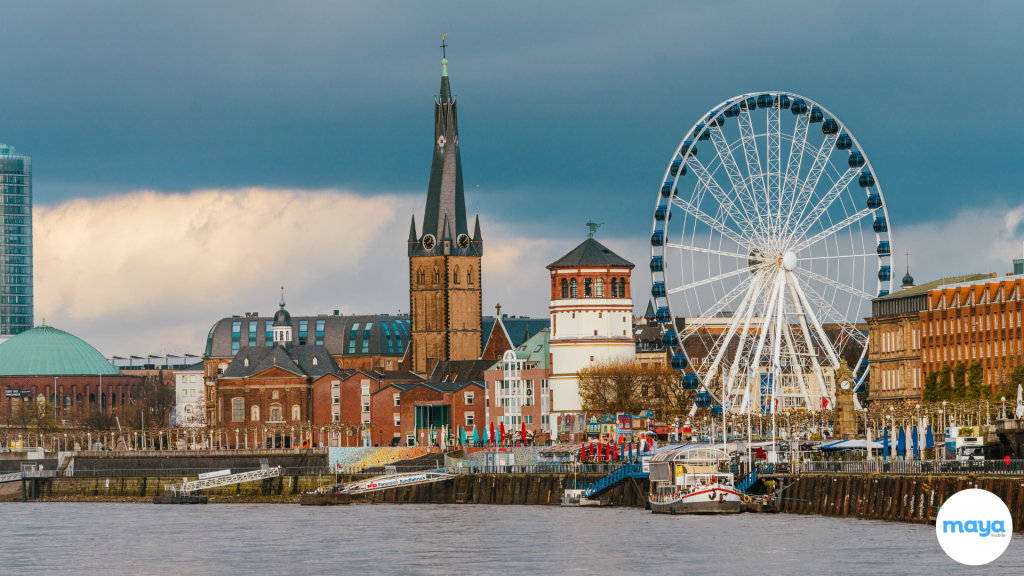

Hamburg isn’t always on top of travel lists, but it should be; it’s full of unexpected highlights. Start at Speicherstadt, the world’s largest warehouse district, now transformed into a maze of canals, bridges, museums, and cafés. Just next door is the Elbphilharmonie, a concert hall that looks like a glass wave rising from the docks. Even if you skip the music, the free viewing deck offers one of the best skyline views in the city.
This is a place where the water shapes everything. Take a ride on a harbor ferry (yes, it’s part of the public transport system) and glide past cargo ships and cranes, or stroll the Alster Lakes for a quieter, nature-meets-city experience. It’s perfect for couples, retirees, or anyone who likes to explore at their own pace.
When the sun goes down, head to the Reeperbahn, Hamburg’s nightlife hub packed with bars, clubs, and live music venues. It’s loud, lively, and runs late. Hamburg mixes grit with elegance, sea breeze with street edge, stylish, unpolished, and always full of character.
Best Time to Visit Hamburg
Spring (April–June): A great time to explore canals, parks, and lakes with fewer crowds. Gardens are blooming, the air is fresh, and the city’s waterfront spots come to life.
Fall (September–October): The crisp air and calm streets make it perfect for riverside walks, cozy cafés, and catching the fall colors in Planten un Blomen park.
December: Hamburg’s Christmas markets are full of variety, from the traditional charm of Rathausmarkt to the quirky, adult-friendly Santa Pauli market on the Reeperbahn.
5. Dresden
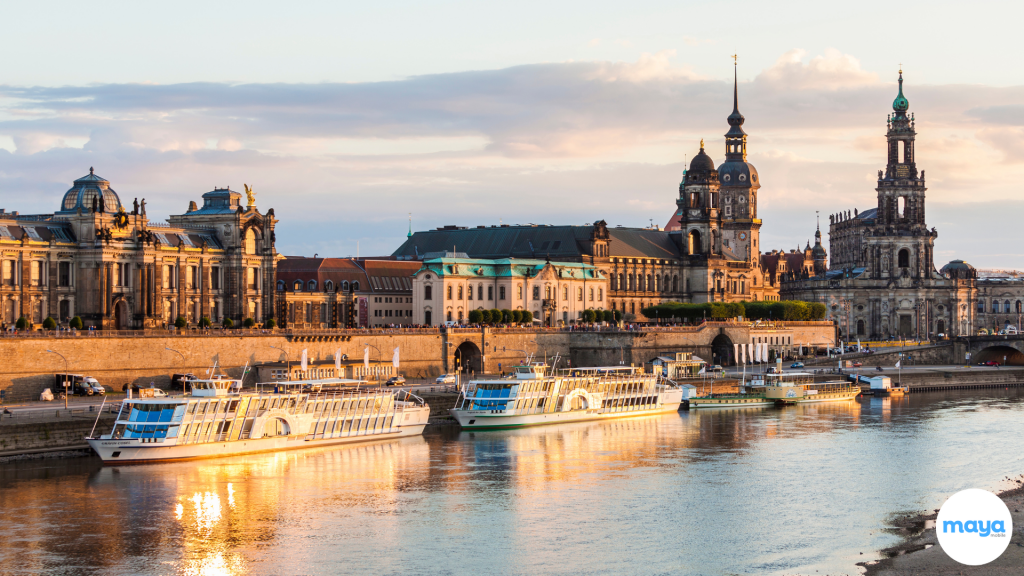

Dresden feels like a city pulled from a painting, ornate, elegant, and full of surprises. Nearly flattened in WWII, it’s been carefully restored, and today, its skyline stuns. Start with the Frauenkirche, rebuilt stone by stone, then wander to Zwinger Palace, a baroque gem that’s impressive even if museums aren’t your thing. Fancy a cultural night? The Semper Opera House delivers big on drama and style.
Dresden strikes a balance between its rich history and a laid-back vibe. Cafés, affordable eats, and relaxed riverfront parks make it ideal for casual travelers, while the walkable Old Town and scenic Elbe paths provide a slower, more peaceful pace for those who prefer to take their time.
For something edgier, cross into Neustadt, Dresden’s artsy, alternative side. Think colorful street art, indie bars, and a younger crowd. It’s the kind of place where you stumble on live music or a pop-up gallery without even trying. Dresden keeps things real, beautiful, and surprisingly affordable.
Best Time to Visit Dresden
Spring (April–June): The city awakens beautifully, making it ideal for exploring Baroque architecture, strolling along the Elbe riverbanks, or relaxing in palace gardens.
Fall (September–October): Mild temps, fewer tourists, and warm golden light on all that gorgeous sandstone. Perfect for photo walks and slow travel.
December: Dresden is home to the Striezelmarkt, one of Germany’s oldest and most magical Christmas markets. Think handmade crafts, twinkling lights, and the smell of roasted almonds everywhere.
Also Read: Best Things to Do in Florence: Explore Culture, Cuisine, and Charm
6. Heidelberg
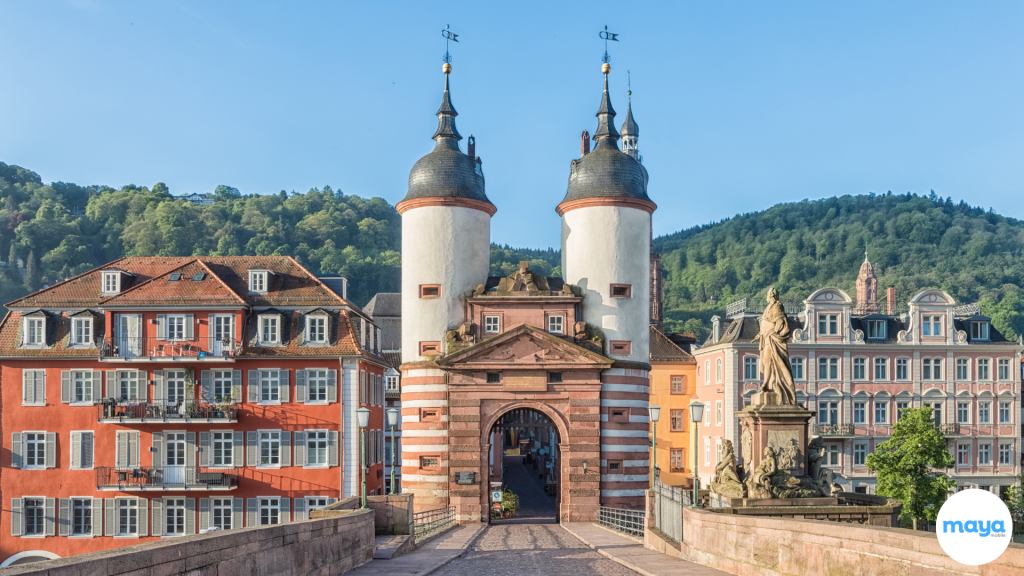

If cobblestone streets, castle views, and riverside strolls are your thing, Heidelberg is an easy yes. Set along the Neckar River, this postcard-perfect city seems made for slow travel and scenic daydreams. The star attraction is Heidelberg Castle, perched above town with sweeping views of red rooftops and forested hills.
Wander across the Old Bridge, explore the winding lanes of the Altstadt, and take the Philosopher’s Walk for some of the best views (and photos) in town. The atmosphere is relaxed, with cozy cafés, local shops, and plenty of spots to sit and take it all in.
Students give the city a youthful pulse; it’s home to Germany’s oldest university, while retirees and slower travelers enjoy the peaceful pace, river cruises, and walkable historic center. Whether you’re sightseeing or simply soaking up the view, Heidelberg trades hustle for heart, and that’s what makes it special.
Best Time to Visit Heidelberg
Spring (April–June): Everything’s green, the castle gardens are in full bloom, and riverside strolls are at their best. It’s the perfect time to walk the Philosopher’s Way or relax at an outdoor café in the Altstadt.
Fall (September–October): Golden leaves, mild weather, and fewer crowds give the city a cozy, romantic feel. It’s an ideal time for slow travel, scenic walks, and exploring without the rush.
December: Heidelberg’s Christmas market fills the Old Town with lights, music, and mulled wine. The fairytale setting and festive atmosphere make it one of the most charming winter getaways in Germany.
7. Nuremberg
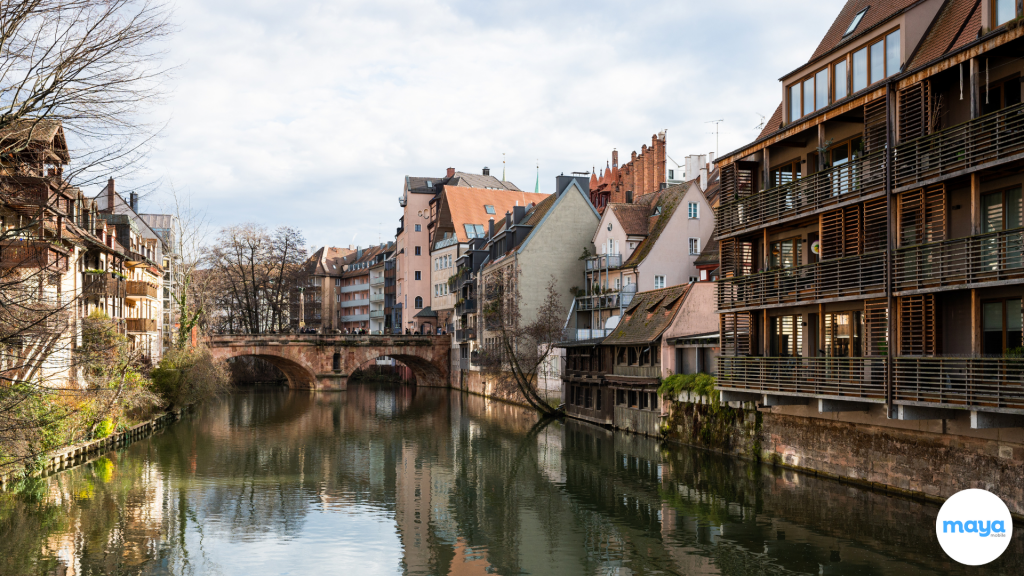

Nuremberg is a place where history is embodied in every stone. Its Old Town is a maze of half-timbered houses, stone towers, and cobbled alleys that feel frozen in time. At the top sits the Imperial Castle, offering panoramic views and a real sense of medieval grandeur.
For history lovers, this city goes deep. The Documentation Center at the former Nazi rally grounds and exhibits on the Nuremberg Trials offer a sobering, powerful look into the past. It’s a city that doesn’t shy away from difficult chapters but presents them with honesty and care.
Visit in winter and you’ll catch the famous Christkindlesmarkt, one of Europe’s oldest and most magical Christmas markets. Younger travelers will find plenty of energy in beer halls and bratwurst joints, while retirees can enjoy riverside walks and a slower rhythm.
Nuremberg mixes fairy-tale charm with thoughtful reflection, making it one of Germany’s most balanced and meaningful destinations.
Best Time to Visit Nuremberg
Spring (April–June): The city comes alive with blooming gardens and mild temperatures, making it ideal for exploring the Old Town, castle grounds, and riverside paths without the crowds that summer brings.
Fall (September–October): Crisp air, golden trees, and warm cafés make it a perfect season to visit. The historic streets and half-timbered houses look especially charming in the soft autumn light.
December: Nuremberg’s Christkindlesmarkt is legendary, one of Germany’s oldest and most atmospheric Christmas markets. Expect festive lights, traditional stalls, mulled wine, and the city’s famous gingerbread.
8. Frankfurt
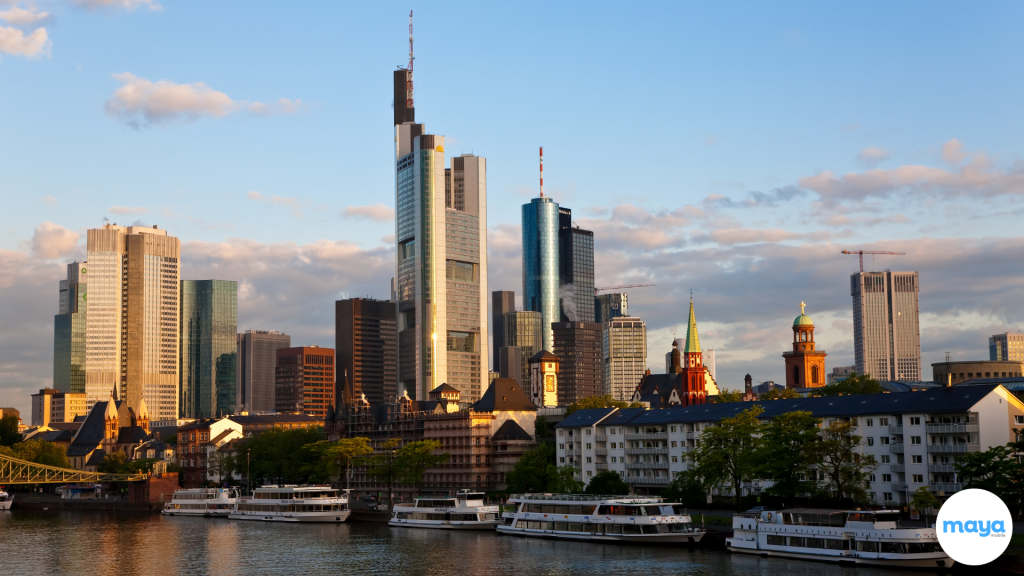

Frankfurt might be known for banks and skyscrapers, but there’s way more going on beneath the surface. Start in Römerberg, the city’s old town square, where timber-framed houses and cobbled streets feel worlds away from the high-rises. From there, stroll along the Main River or dive into the Museumsufer, a stretch of top-tier museums perfect for art lovers or a rainy afternoon.
For skyline views, head up the Main Tower; sunset is especially worth it. Frankfurt’s international mix, affordable food, and vibrant nightlife make it a fun place to explore, while its riverside paths, green spaces, and scenic cruises offer a slower pace for those looking to unwind.
Clean, efficient, and incredibly well-connected, Frankfurt makes a great stopover or base city. It’s got the polish of a central hub but surprises you with pockets of warmth, culture, and a genuinely livable pace.
Best Time to Visit Frankfurt
Spring (April–June): Parks and riverside paths burst into bloom, making them ideal for slow walks along the Main River or a relaxing picnic in the Palmengarten. Outdoor cafés and markets start buzzing again.
Fall (September–October): Mild weather, fewer crowds, and golden trees make it a great time to explore the Old Town, visit museums, or settle into a cozy café with seasonal treats.
December: Frankfurt’s Römerberg Christmas Market transforms the historic square with wooden stalls, festive lights, and warm Glühwein. It’s one of Germany’s oldest and most atmospheric holiday markets.
9. Regensburg
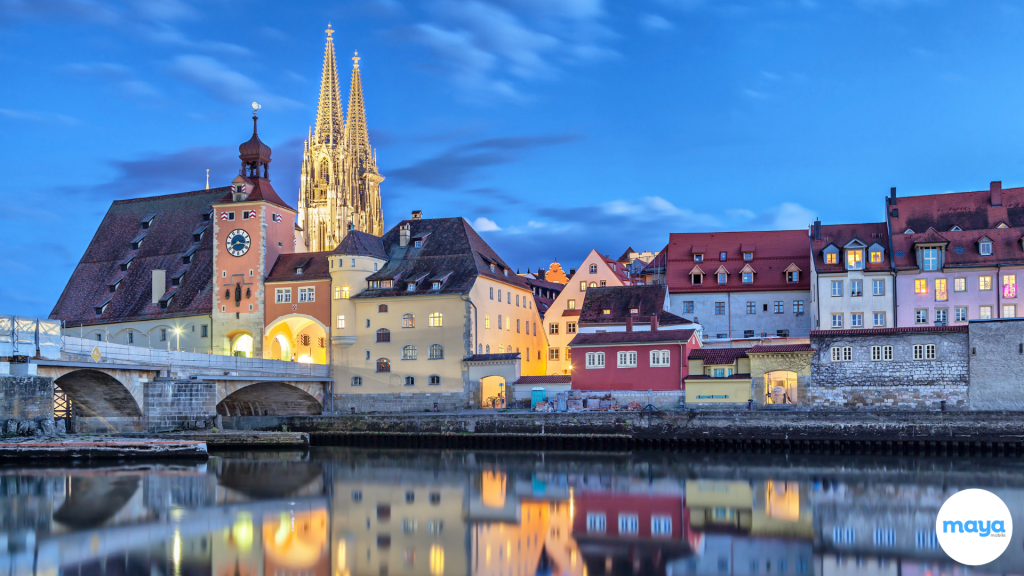

Regensburg is like stepping into a time capsule, and it doesn’t ask you to try too hard. This UNESCO World Heritage Site is one of Germany’s best-preserved medieval towns, with cobbled streets, colorful facades, and an atmosphere that feels untouched by modern rush.
Start at St. Peter’s Cathedral, then wander down narrow alleys toward the Stone Bridge, built in the 1100s. Crossing it feels like walking through living history. Hungry? Stop by the Historic Sausage Kitchen by the river; it’s been serving bratwurst for centuries and comes with a killer view.
The city is compact, walkable, and filled with quiet charm. Students keep the vibe fresh and social, while retirees and slower-paced travelers will appreciate the calm rhythm and scenic river paths. Regensburg may not be flashy, but it’s rich and perfect for travelers seeking something authentic and off the beaten tourist path.
Best Time to Visit Regensburg
Spring (April–June): The city feels fresh and peaceful, perfect for riverside walks, exploring Roman ruins, or enjoying quiet cafés without the summer rush. Flowers bloom across squares, adding extra charm to every stroll.
Fall (September–October): The golden light hits those medieval buildings just right. Fewer tourists, crisp weather, and cozy vibes make it an ideal destination for photography, slow travel, and relaxing afternoons in the Old Town.
December: Regensburg’s Christmas market in the historic Old Town is small, local, and full of charm. Expect handmade gifts, mulled wine, and festive lights in a storybook setting.
Bonus: It’s less crowded than bigger cities, but just as magical, with a more personal, intimate feel that makes the season even more special.
10. Leipzig
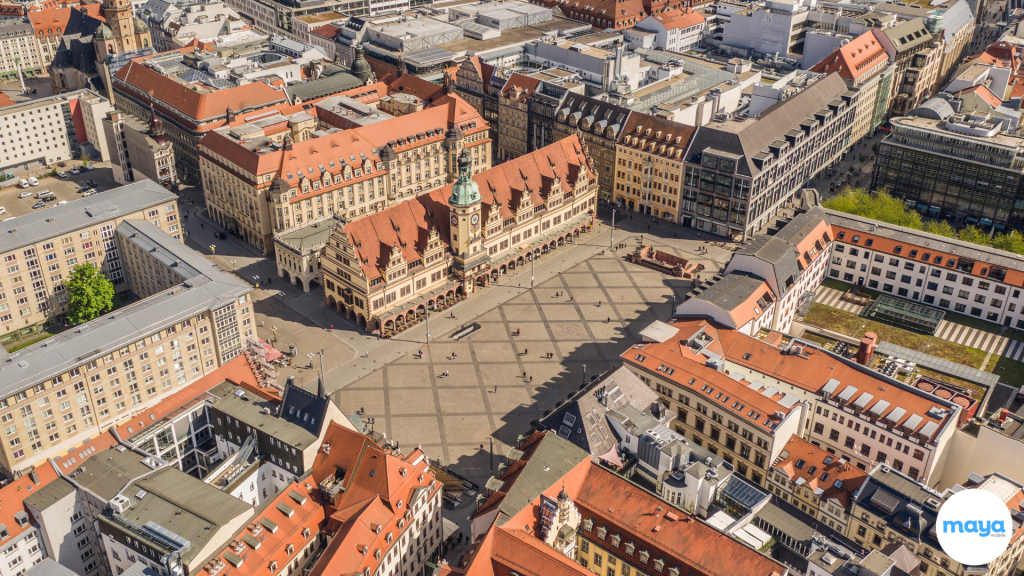

Leipzig doesn’t shout for attention, but once you settle in, it sticks with you. This is Bach’s hometown, and music still pulses through the city. Catch a choir at St. Thomas Church or drop into the Bach Museum for a dose of classical culture done right.
Beyond the history, Leipzig is buzzing with new energy. The Plagwitz district is where it all comes alive, think graffiti-covered warehouses turned into art studios, cafés, and live music venues. Students, artists, and creatives have reshaped the city into one of Germany’s coolest under-the-radar spots.
The pace here is leisurely, with canal-side walks, lush parks, and ample space to unwind. Retirees will enjoy the calm, while bloggers, photographers, and culture lovers will find endless visual stories. It’s cheaper than Berlin, far less touristy, and packed with personality.
Best Time to Visit Leipzig
Spring (April–June): Perfect for relaxed sightseeing, picnics in Clara-Zetkin Park, and exploring art galleries or canal-side cafés while everything’s blooming and lively.
Fall (September–October): The city’s creativity comes alive with festivals, concerts, and cozy cultural spaces. Great weather, fewer tourists, and vibrant colors make it ideal for strolling.
December: Leipzig’s Christmas market is charming and lively, set right in the historic city center. Expect festive lights, handmade gifts, and a warm, welcoming vibe.
From Castles to Connections, You’re Set to Go!
From iconic landmarks to hidden gems, Germany’s cities each bring their own flavor, whether you’re chasing castles, nightlife, or riverside strolls. Whether it’s your first visit or your fifth, there’s always more to discover. And hey, if you’re hopping across cities, staying connected is a game-changer.
With MayaMobile, you can easily get eSIM data in Germany (and beyond!) without swapping SIM cards or hunting down Wi-Fi. Super handy for maps, bookings, or just posting that perfect travel pic. Ready to start planning? Germany’s waiting, so pack your bags, charge your camera, and let the adventure begin!
Related Reads:
- Istanbul Vacation Guide: Everything You Need to Know Before Your Vacation
- Is Cancun Safe to Travel? What Tourists Need to Know Before Booking
FAQs on Cities in Germany
1. What are the 10 biggest cities in Germany?
Germany’s ten largest cities are Berlin, Hamburg, Munich, Cologne, Frankfurt, Stuttgart, Düsseldorf, Dortmund, Essen, and Leipzig.
2. What are the richest cities in Germany?
Germany’s richest cities include Munich, Frankfurt, Stuttgart, Düsseldorf, Hamburg, Wiesbaden, and Heidelberg.
3. What is the most touristic city in Germany?
Berlin is Germany’s largest and most visited city. The Semperoper in Dresden is the most famous opera house in Germany. The Butchers’ Guild Hall in Hildesheim is one of the most famous half-timbered houses in Germany.
4. What is the fastest-growing city in Germany?
A recent study by the Berlin Institute for Population and Development found Leipzig to be the fastest-growing city in Germany. Its population is set to rise by 16 percent between now and 2035, outstripping that of every other city in the country.
5. What’s the safest city in Germany?
Erlangen is the safest large city in Germany (with a population of 100,000 to 200,000 inhabitants). For the first time, the independent city in Central Franconia, which has also been ranked number one in Bavaria and Germany in recent years, is ranked number one.
6. What is the #1 tourist attraction in Germany?
Cologne Cathedral is considered a masterpiece of Gothic architecture and is the most visited site in Germany.


